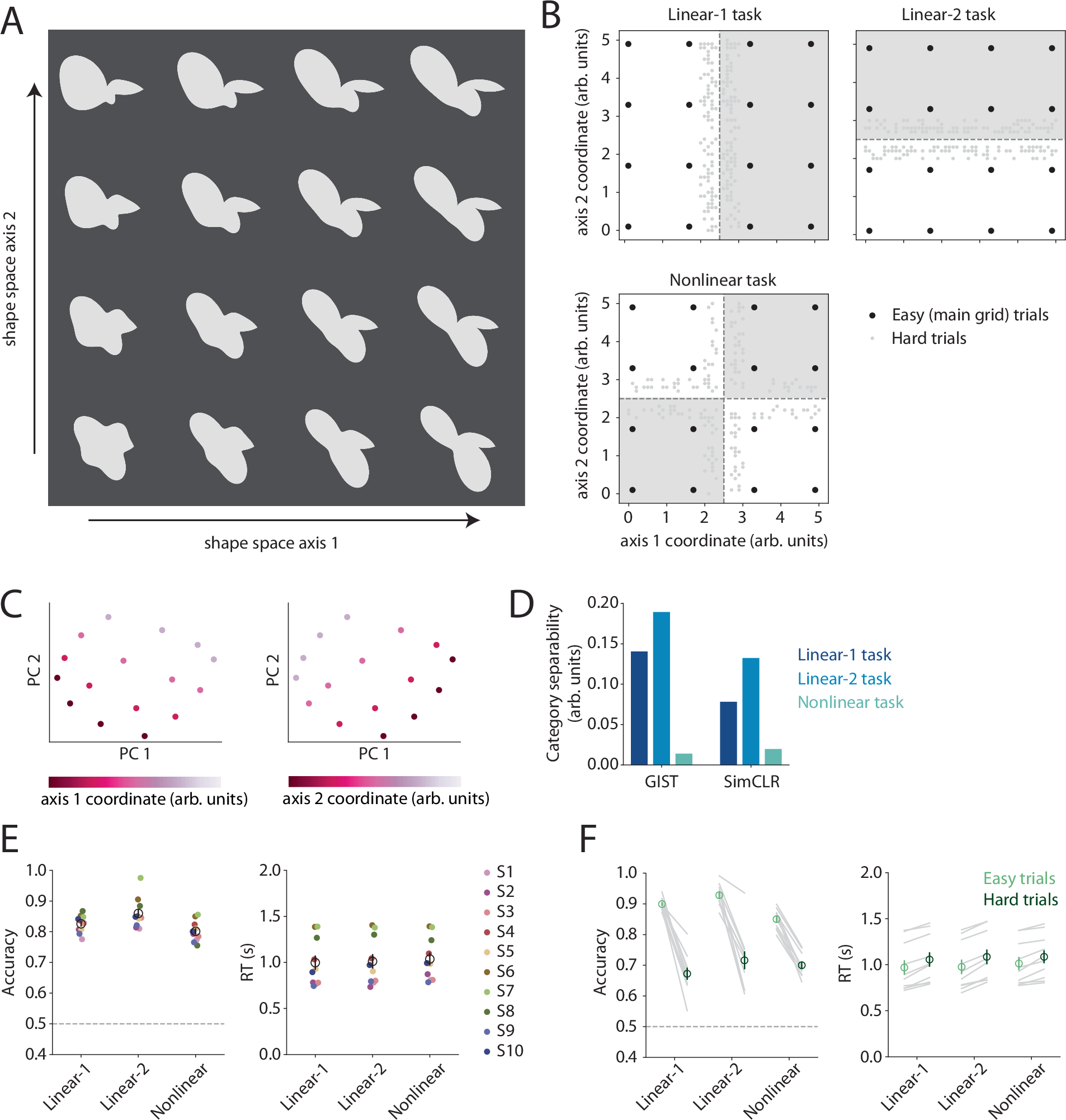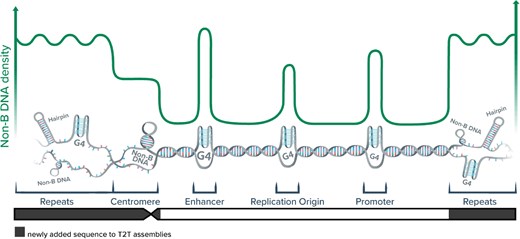2025-04-24 コロンビア大学
<関連情報>
- https://www.engineering.columbia.edu/about/news/how-thoughts-influence-what-eyes-see
- https://www.nature.com/articles/s41467-025-58707-4
動的な分類ルールが人間の視覚野の表現を変化させる Dynamic categorization rules alter representations in human visual cortex
Margaret M. Henderson,John T. Serences & Nuttida Rungratsameetaweemana
Nature Communications Published:11 April 2025
DOI:https://doi.org/10.1038/s41467-025-58707-4

Abstract
Everyday tasks often require stimuli to be categorized dynamically, such that an identical object can elicit different responses based on the current decision rule. Traditionally, sensory regions have been viewed as separate from such context-dependent processing, functioning primarily to process incoming inputs. However, an alternative view suggests sensory regions also integrate inputs with current task goals, facilitating more efficient information relay to higher-level areas. Here we test this by asking human participants to visually categorize novel shape stimuli based on different decision boundaries. Using fMRI and multivariate analyses of retinotopically-defined visual areas, we show that cortical shape representations become more distinct across relevant decision boundaries in a context-dependent manner, with the largest changes in discriminability observed for stimuli near the decision boundary. Importantly, these modulations are associated with improved task performance. These findings demonstrate that visual cortex representations are adaptively modulated to support dynamic behavior.


